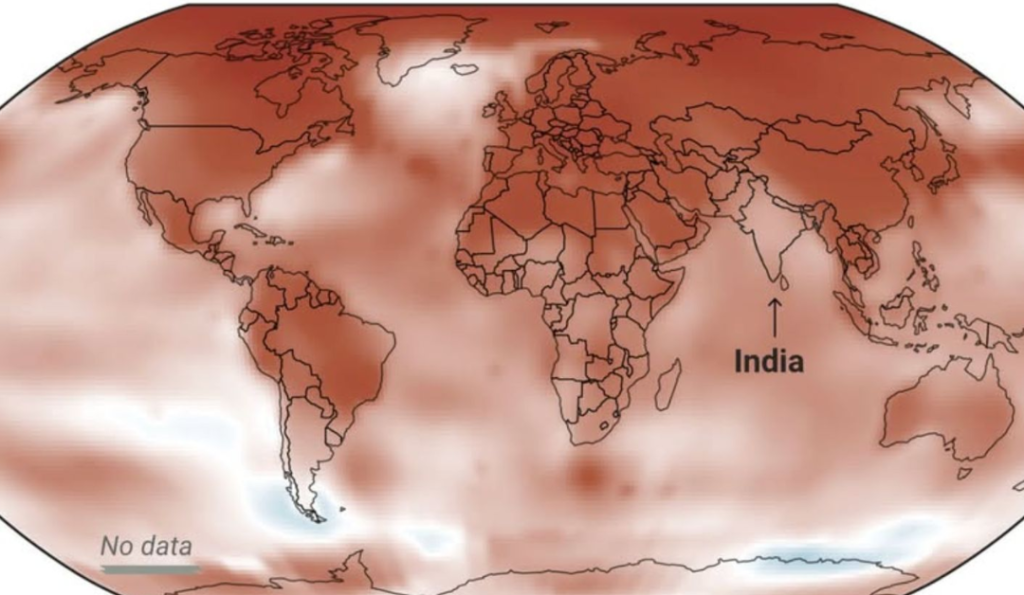Indian Astronomers Illuminate the Mysteries of Intermediate-Mass Black Holes

In a groundbreaking development, Indian astronomers have significantly advanced our understanding of intermediate-mass black holes (IMBHs), celestial entities that bridge the gap between stellar-mass and supermassive black holes. Utilizing cutting-edge telescopic technology, these scientists have shed light on the elusive nature of IMBHs, providing valuable insights into their formation and role in the cosmos.
The Enigma of Intermediate-Mass Black Holes
Black holes are typically categorized into two types: stellar-mass black holes, which are up to a few dozen times the mass of our Sun, and supermassive black holes, which can be millions to billions of times more massive. However, the existence of intermediate-mass black holes, ranging from 100 to 100,000 solar masses, has long been theorized but remained elusive due to the lack of concrete evidence.
Indian Astronomers at the Forefront
Indian scientists have been instrumental in recent discoveries concerning IMBHs. By participating in international collaborations and utilizing advanced observatories, they have contributed to the detection and analysis of these mysterious objects. Notably, researchers from institutions such as the Indian Institute of Technology and the Tata Institute of Fundamental Research have played pivotal roles in these endeavors.
Technological Triumphs in Detection
The detection of IMBHs has been facilitated by sophisticated instruments capable of observing X-ray emissions and gravitational waves. These technologies allow astronomers to identify the unique signatures of black holes and study their properties. The successful deployment of India’s own X-ray Polarimeter Satellite (XPoSat) marks a significant milestone in the nation’s capability to explore high-energy astrophysical phenomena.
Implications for Cosmic Evolution
Understanding IMBHs is crucial for unraveling the mysteries of galaxy formation and evolution. These black holes may serve as the building blocks for their supermassive counterparts, influencing the growth and dynamics of galaxies. The recent findings by Indian astronomers provide a new perspective on how such massive structures come into existence and evolve over cosmic timescales.
A New Era in Astrophysics
The contributions of Indian astronomers to the study of intermediate-mass black holes signify a remarkable achievement in astrophysics. As technology continues to advance, further research into these enigmatic objects promises to deepen our comprehension of the universe and its complex mechanisms.






No Responses